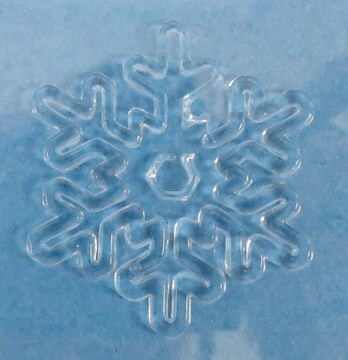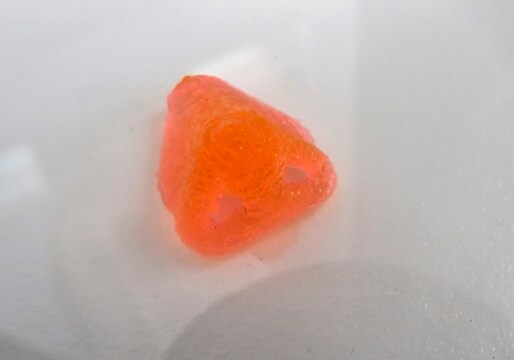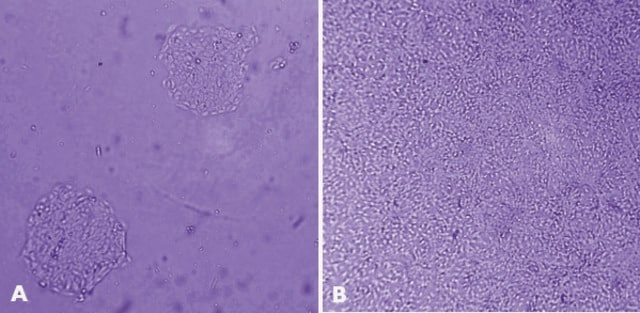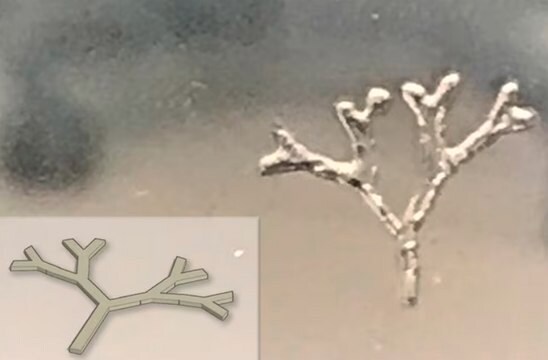934178
TissueFab® bioink
(GelHAHep)MA Vis/405 nm, low endotoxin
Synonym(e):
3D Bioprinting, Bioink, Controlled Release, GelMA, Gelatin, Gelatin Methacryloyl, HAMA, Heparin, Heparin Methacrylate, Hyaluronan, Hyaluronic Acid, Hyaluronic Acid Methacrylate, Hydrogel
About This Item
Empfohlene Produkte
Qualitätsniveau
Sterilität
0.2 μm filtered
Form
gel form
Enthält
<50 EU/mL Endotoxin
Zusammensetzung
Gelatin, Hyaluronic acid, Heparin, Alginate
Verunreinigungen
<5 CFU/g Bioburden ( fungal)
<5 CFU/g Bioburden (Total Aerobic)
Farbe
pale yellow to colorless
pH-Wert
6.5-7.5
Kompatibilität
3D bioprinting, extrusion bioprinting
Lagertemp.
2-8°C
Suchen Sie nach ähnlichen Produkten? Aufrufen Leitfaden zum Produktvergleich
Allgemeine Beschreibung
Anwendung
- drug discovery
- in-vitro disease models
- regenerative medicine-cell-cultured meat
Leistungsmerkmale und Vorteile
- Bioprinting models replicate biology for drug discovery and in vivo applications
- Sterile, low endotoxin-Batch control offers reproducible models for preclinical toxicology testing and drug screening
- Extended shelf-life & stability
Sonstige Hinweise
The methacrylate-functionalization of heparin allows thermal or photochemical crosslinking via covalent conjugation. Heparins exhibit high anionic charge densities to promote large swelling ratios in water. Heparin-based bioinks are used in tissue engineering, 3D bio-printing, and drug delivery applications.
Gelatin methacryloyl (GelMA) is a polymerizable hydrogel material derived from natural extracellular matrix (ECM) components. Due to its low cost, abundance, and retention of natural cell binding motifs, gelatin has become a highly sought material for tissue engineering applications. The addition of photocrosslinkable methacrylamide functional groups in GelMA allows the synthesis of biocompatible, biodegradable, and non-immunogenic hydrogels that are stable in biologically relevant conditions and promote cell adhesion, spreading, and proliferation.
Hyaluronic acid (HA) is a linear polysaccharide of alternating D-glucuronic acid/N-acetyl-D-glucosamine found primarily in connective tissues. HA-based hydrogels are prevalent in tissue engineering, 3D bioprinting, and drug delivery applications. The methacrylate (MA) functionalized hyaluronic acid is photo-cross-linkable.
Low Endotoxin, low bioburden: Endotoxins can negatively impact cellular growth, morphology, differentiation, inflammation, and protein expression. The bioburden is the number of contaminated organisms found in a given amount of material.
We test each lot for endotoxins in addition to total bioburden (aerobic and fungal) to minimize unwanted interactions. For more information: Cell Culture FAQs: Bacterial Endotoxin Contamination
Rechtliche Hinweise
Lagerklassenschlüssel
12 - Non Combustible Liquids
WGK
WGK 3
Flammpunkt (°F)
Not applicable
Flammpunkt (°C)
Not applicable
Hier finden Sie alle aktuellen Versionen:
Analysenzertifikate (COA)
Leider sind derzeit keine COAs für dieses Produkt online verfügbar.
Wenn Sie Hilfe benötigen, wenden Sie sich bitte an Kundensupport
Besitzen Sie dieses Produkt bereits?
In der Dokumentenbibliothek finden Sie die Dokumentation zu den Produkten, die Sie kürzlich erworben haben.
Unser Team von Wissenschaftlern verfügt über Erfahrung in allen Forschungsbereichen einschließlich Life Science, Materialwissenschaften, chemischer Synthese, Chromatographie, Analytik und vielen mehr..
Setzen Sie sich mit dem technischen Dienst in Verbindung.








